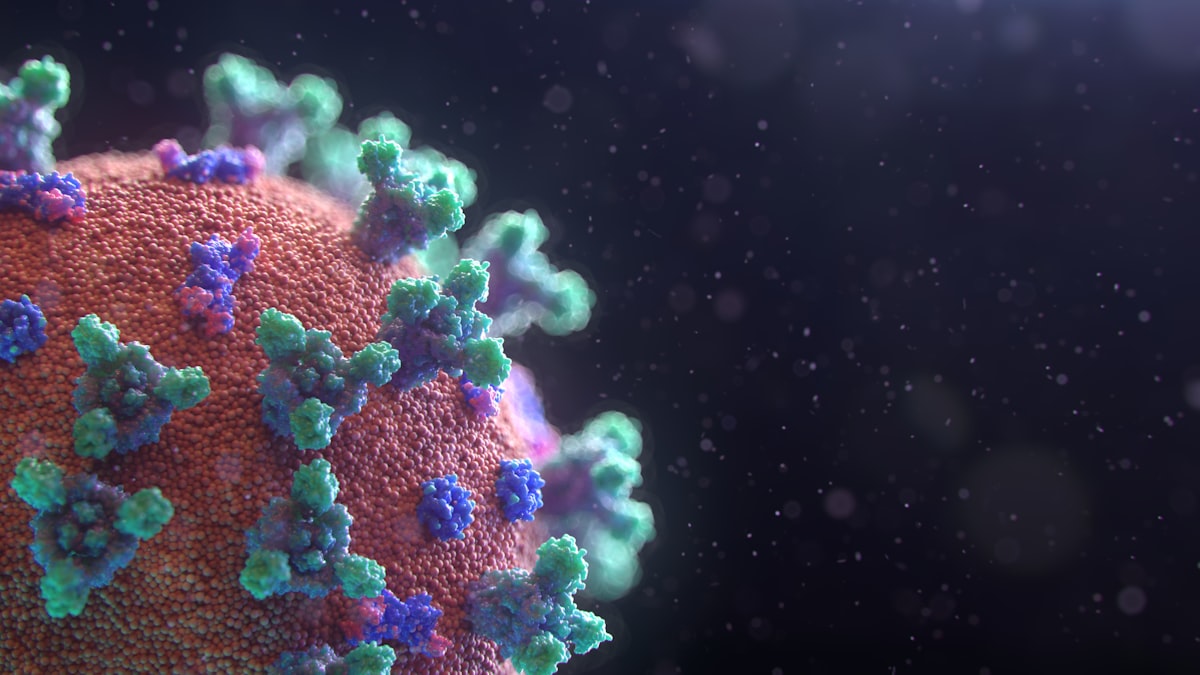Return to Sport after COVID19 infection

A few months back, I could count on one hand the number of people I personally knew who’d had COVID infection. It seems like all of that changed over the Christmas break and my whole family, including myself, and a lot of my running friends have had positive rapid tests over the last few weeks.
Fortunately, our widely available vaccines continue to be the best defence against serious illness and hospitalization; all of my vaccinated acquaintances who’ve been infected have had relatively mild and short lived localized symptoms. Despite typically mild illness, however, caution should still be exercised when getting back into sporting activities after COVID, as it should after any viral illness. There is emerging evidence that returning to intense sporting activities too soon after a viral illness may increase the risks of developing myocarditis (heart muscle inflammation), chronic fatigue or musculoskeletal injury.
The Canadian Olympic and Paralympic Sport Institute Network has developed return to health and performance guidelines. Similar to the gradual return to sports guidelines widely used in concussion management, a graded or staged return to sporting activity is recommended post-COVID. If you’ve recently been infected with COVID19, and if the symptoms were relatively mild - meaning that you weren’t hospitalized, and primary symptoms were sore throat, hoarseness, blocked/plugged nose, runny nose, sinus pressure, sneezing, altered/loss of smell or taste, and a relatively mild cough - the following would be my recommendations.
Firstly, you must get through your local quarantine or isolation period. During this time, stage 1, you are in isolation and I would not recommend any particular physical activities. The focus is rest and recovery. Rest up, stay hydrated, watch Netflix, and generally be lazy! In Alberta at present, assuming you were symptomatic, this would entail a minimum 5 day isolation period. Most mild cases will be largely recovered within this time frame, and you will be able to start thinking about some exercise. A great rule of thumb that I find helpful, is that you should wait until you are completely symptom free, and feeling ready to resume some physical activity, but then give it an extra 24 hours.
Stage 2 would be the resumption of some exercise. This stage lasts a minimum of 2 days. Walking, light jogging or stationary cycling would be good options, and you should not exceed 70% of your maximal heart rate. At this intensity, you may feel slightly out of breath, and will develop a light sweat, but it is generally very light activity. Think ‘conversational’ pace. Your walk or run should not exceed 15 minutes on day 1, but could be extended to 20 or 30 minutes on day 2 if you feel no ill effects. If at any stage you experience excessive fatigue, dizziness, chest pain or shortness of breath, you should stop and consult your physician. In my clinic, the development of these symptoms would necessitate a full cardiac and respiratory workup, including blood testing, ECG, echocardiogram and spirometry testing at the very least. If these first 2 days go well, you may proceed to stage 3. If you aren’t sure how you are feeling, remember that ‘if in doubt, sit it out’ is quite acceptable. It’s never wrong to take things a little slower.
During stage 3, the duration of exercise can be increased to 45 mins per session, and we allow heart rates up to 80% of your maximum. You will be feeling more out of breath at this intensity. You can talk in short 4 or 5 word sentences. Again, be wary of how you feel during and after exercise. If you are at all fatigued, or don’t feel great, we would not recommend any progression, and you may be better advised to return to the previous stage for an extra couple of days.
If you feel well during stage 3, you may move into stage 4. You can increase the duration of exercise to an hour or more, but I would still be wary of resuming your regular routine. If you enjoy high intensity interval training and lung busting efforts in your chosen sports, I personally recommend at least 1 week of training in stage 3 before moving on to stage 4 where these are allowed. You should feel well during and after these efforts, with no increase in fatigue or cough afterwards. If you monitor your resting heart rate, you should be seeing normal values before you introduce normal training practices.
Stage 5 is essentially the resumption of your usual training program, including all aspects of normal training. At this point frequent interval sessions, weight lifting and prolonged efforts of several hours are acceptable, assuming no adverse reactions. Most likely you will have been symptom free for 2-3 weeks at this point.
These recommendations assume that you had mild illness, and that you have no significant underlying health conditions. Patients with pre-existing cardiac or lung disorders, would be well advised to see their personal physician for additional testing before resuming sporting activities. I expect that we will see modifications to recommendations over the next few months, particularly if new strains develop and as more and more data is gathered. If you are unsure how to progress, please talk to your family physician, or ask for a referral to our clinic. We are always happy to see you!
There is a really useful infographic here: https://bjsm.bmj.com/content/bjsports/54/19/1174.full.pdf